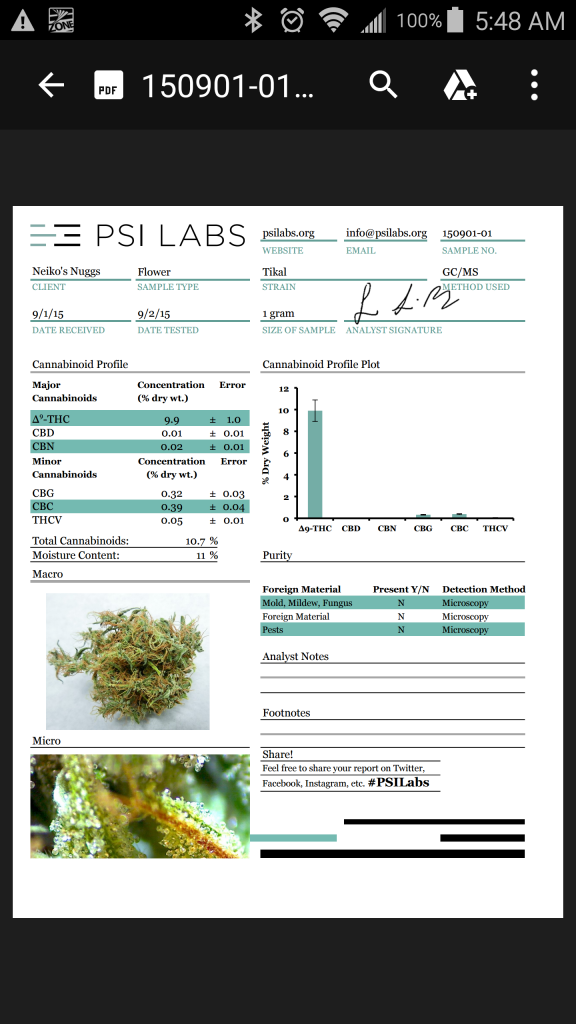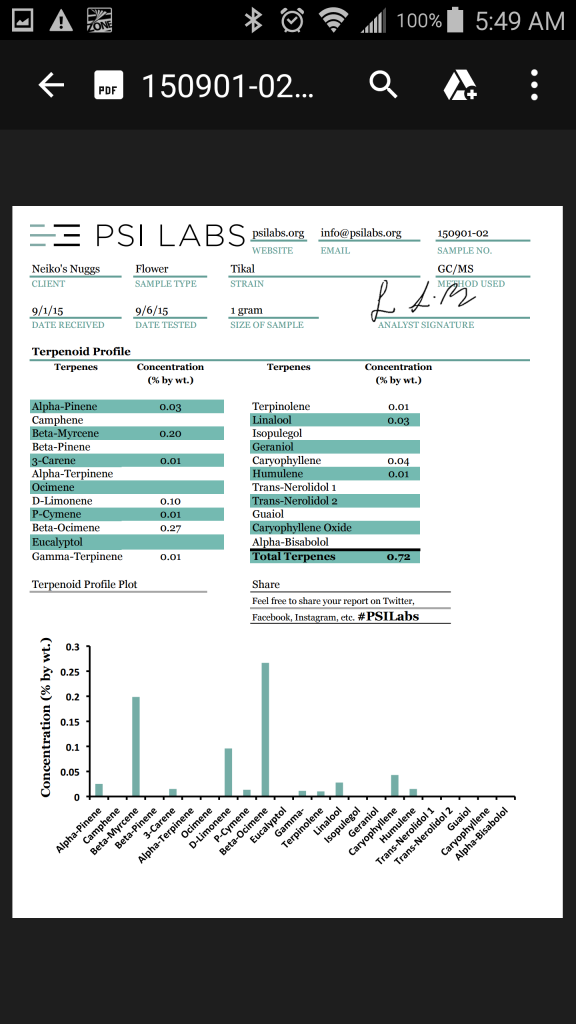- Thread starter
- #1,381
I've been running across comments in other threads lately, about perpetual grows and how they seem cumbersome and complicated.  To me, it's the way I've always done it. Growing without having a plant near harvest isn't rewarding enough for me - I don't like having months to go before I can sample my work.
To me, it's the way I've always done it. Growing without having a plant near harvest isn't rewarding enough for me - I don't like having months to go before I can sample my work. 
 And I also don't like the idea of trimming a pound of produce at once.
And I also don't like the idea of trimming a pound of produce at once.  So, to me, a perpetual seems like less work and more reward.
So, to me, a perpetual seems like less work and more reward. 
How do you set one up? The core is the bloom room, where the magic happens. You can stall the vegging plants a few weeks if you have to, and you can easily control when you start new clones or seeds, but the bloom cycle is fairly inflexible. So, everything sorta pivots around the flip. From the breeder, you know roughly how many weeks a plant will be in bloom, so you know roughly when it will be ready, compared to when you flip it.
Then you need to decide how long you want to veg. Lately, my plants have been getting 7 weeks of veg, but that's where all your flexibility is. I've gone well over 100 days in veg, too. But at 7 weeks, my plants have been trained for 8-10 tops and are about 14 inches tall. They'll usually double in the stretch, giving me manageable 30 inch plants.
So ... for example ... if I have a strain that the breeder says goes 9 weeks in bloom, I'll figure as high as 10 weeks. Then I'll add the 7 weeks of veg and look ahead 17 weeks. That's first harvest window. Now I know when I'll start the plant and when I'll flip it, and when it'll be ready to chop. From there, it's a matter of adding more plants. If I want to harvest a plant each week, and I have another 9 week strain, I'll start it a week later. If I have a 10 week strain, I'll start them at the same time. For me, it's all in the chop window, and counting back from there to the flip. The flip tells me how to manage my veg space. Each time I flip one into bloom, I have an available spot to upcan a vegging plant, which opens up a spot for a seedling or clone to be transplanted into an intermediate pot.
The trick is in keeping enough flexibility to account for problems. Some strains veg more quickly, some clone poorly, some don't sprout. So it can be tough to keep a steady input supply. Likewise, vegging doesn't always go the way you thought it would. But think of the flip as the axis. If you can keep that supplied on a steady basis, the rest of the grow will be fairly easy to manage.

 To me, it's the way I've always done it. Growing without having a plant near harvest isn't rewarding enough for me - I don't like having months to go before I can sample my work.
To me, it's the way I've always done it. Growing without having a plant near harvest isn't rewarding enough for me - I don't like having months to go before I can sample my work. 
 And I also don't like the idea of trimming a pound of produce at once.
And I also don't like the idea of trimming a pound of produce at once.  So, to me, a perpetual seems like less work and more reward.
So, to me, a perpetual seems like less work and more reward. 
How do you set one up? The core is the bloom room, where the magic happens. You can stall the vegging plants a few weeks if you have to, and you can easily control when you start new clones or seeds, but the bloom cycle is fairly inflexible. So, everything sorta pivots around the flip. From the breeder, you know roughly how many weeks a plant will be in bloom, so you know roughly when it will be ready, compared to when you flip it.
Then you need to decide how long you want to veg. Lately, my plants have been getting 7 weeks of veg, but that's where all your flexibility is. I've gone well over 100 days in veg, too. But at 7 weeks, my plants have been trained for 8-10 tops and are about 14 inches tall. They'll usually double in the stretch, giving me manageable 30 inch plants.

So ... for example ... if I have a strain that the breeder says goes 9 weeks in bloom, I'll figure as high as 10 weeks. Then I'll add the 7 weeks of veg and look ahead 17 weeks. That's first harvest window. Now I know when I'll start the plant and when I'll flip it, and when it'll be ready to chop. From there, it's a matter of adding more plants. If I want to harvest a plant each week, and I have another 9 week strain, I'll start it a week later. If I have a 10 week strain, I'll start them at the same time. For me, it's all in the chop window, and counting back from there to the flip. The flip tells me how to manage my veg space. Each time I flip one into bloom, I have an available spot to upcan a vegging plant, which opens up a spot for a seedling or clone to be transplanted into an intermediate pot.
The trick is in keeping enough flexibility to account for problems. Some strains veg more quickly, some clone poorly, some don't sprout. So it can be tough to keep a steady input supply. Likewise, vegging doesn't always go the way you thought it would. But think of the flip as the axis. If you can keep that supplied on a steady basis, the rest of the grow will be fairly easy to manage.




 I find the edibles high to be my favorite. I understand what you mean Reg, but that moment when you feel it kick in right in the core of your being, my entire being waits for that moment and I thrill for that racy feeling that gets going because I know I'm about to feel normal again.
I find the edibles high to be my favorite. I understand what you mean Reg, but that moment when you feel it kick in right in the core of your being, my entire being waits for that moment and I thrill for that racy feeling that gets going because I know I'm about to feel normal again. 






 Anyhow ,have an awesome day Sue and Gang.
Anyhow ,have an awesome day Sue and Gang.
 Haven't been able to find the happy medium yet :/
Haven't been able to find the happy medium yet :/


 I'm going to be keeping it at hand for some time, I think. If it were a wine, it'd be an old port, or maybe a single-malt scotch - something you wouldn't have on a regular basis, but you want it in the cupboard for when you do. I'll probably use it to thicken a buzz I already have, or for a time when I'll be active and stimulated. Without stimulation, a guy could veg out smoking this one.
I'm going to be keeping it at hand for some time, I think. If it were a wine, it'd be an old port, or maybe a single-malt scotch - something you wouldn't have on a regular basis, but you want it in the cupboard for when you do. I'll probably use it to thicken a buzz I already have, or for a time when I'll be active and stimulated. Without stimulation, a guy could veg out smoking this one. 
